Primoz
No longer a newbie, moving up!
- Joined
- May 27, 2010
- Messages
- 174
- Reaction score
- 27
- Can others edit my Photos
- Photos NOT OK to edit
Hello!
I have been trying do do night photos a few times now but the results are just not as awesome as I would have wanted...
How do people get photos like this? http://d24w6bsrhbeh9d.cloudfront.net/photo/3154459_700b_v1.jpg
I guess the main problem for me is that my city is quite near and that there is a lot of light pollution... So that just means "get as far as you can from the city" or are there any other tricks?
I mean exposurewise I guess it's not really rocket science...
I have been trying do do night photos a few times now but the results are just not as awesome as I would have wanted...
How do people get photos like this? http://d24w6bsrhbeh9d.cloudfront.net/photo/3154459_700b_v1.jpg
I guess the main problem for me is that my city is quite near and that there is a lot of light pollution... So that just means "get as far as you can from the city" or are there any other tricks?
I mean exposurewise I guess it's not really rocket science...
- Shutterspeed about 1 minute or even less so you don't get star trails
- aperture wideopen, unless you need that extra depth of field
- ISO pretty high i guess 2000 and up???



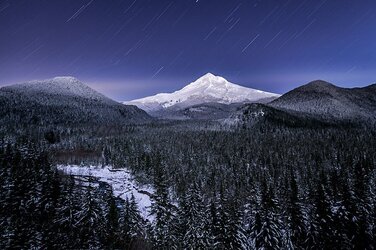
![[No title]](/data/xfmg/thumbnail/32/32704-68982e06c91b163f96186a4eb21d742f.jpg?1619735607)
![[No title]](/data/xfmg/thumbnail/38/38262-10a9668da9a2b36a92cddde57caf87bc.jpg?1619738547)
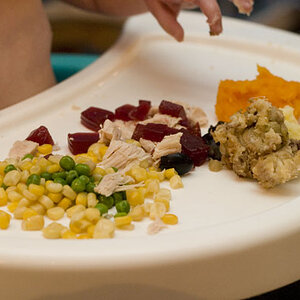
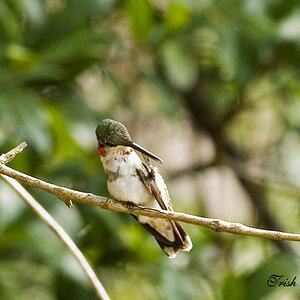
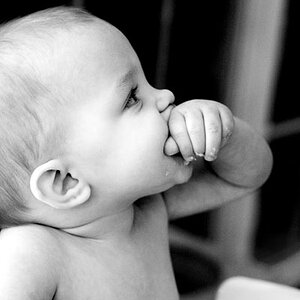
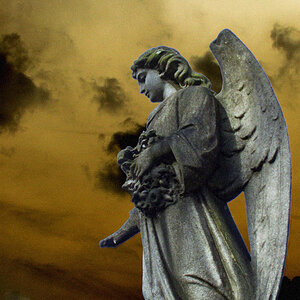
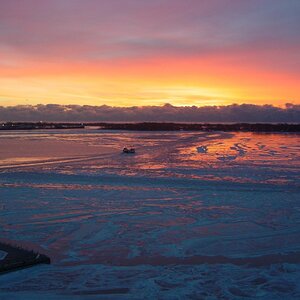
![[No title]](/data/xfmg/thumbnail/40/40287-4f839095000f74d779b90ed75df9dc62.jpg?1619739408)
![[No title]](/data/xfmg/thumbnail/32/32178-010a47bfeb945bdafb02b0ee4888290c.jpg?1619735235)
![[No title]](/data/xfmg/thumbnail/41/41901-789e8104ff95e5862c8f07611e3c34c0.jpg?1619739938)
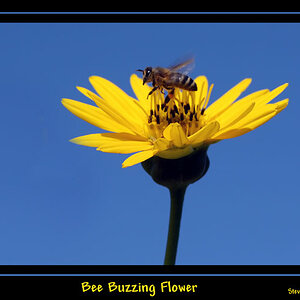
![[No title]](/data/xfmg/thumbnail/32/32003-70dfe149c27224e28ba98e975984e01e.jpg?1619735147)